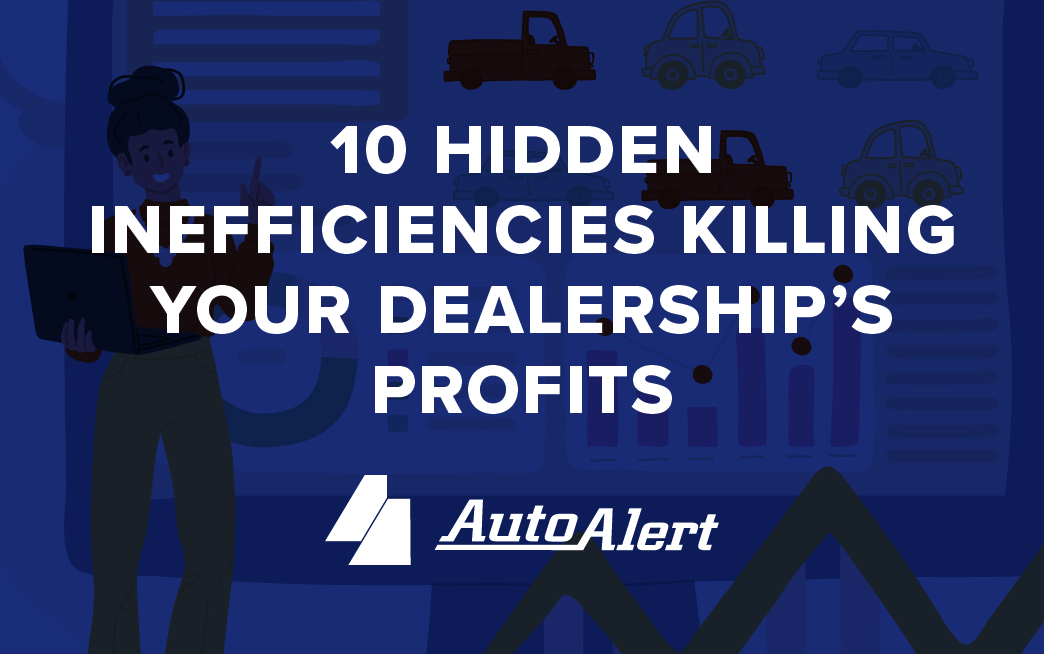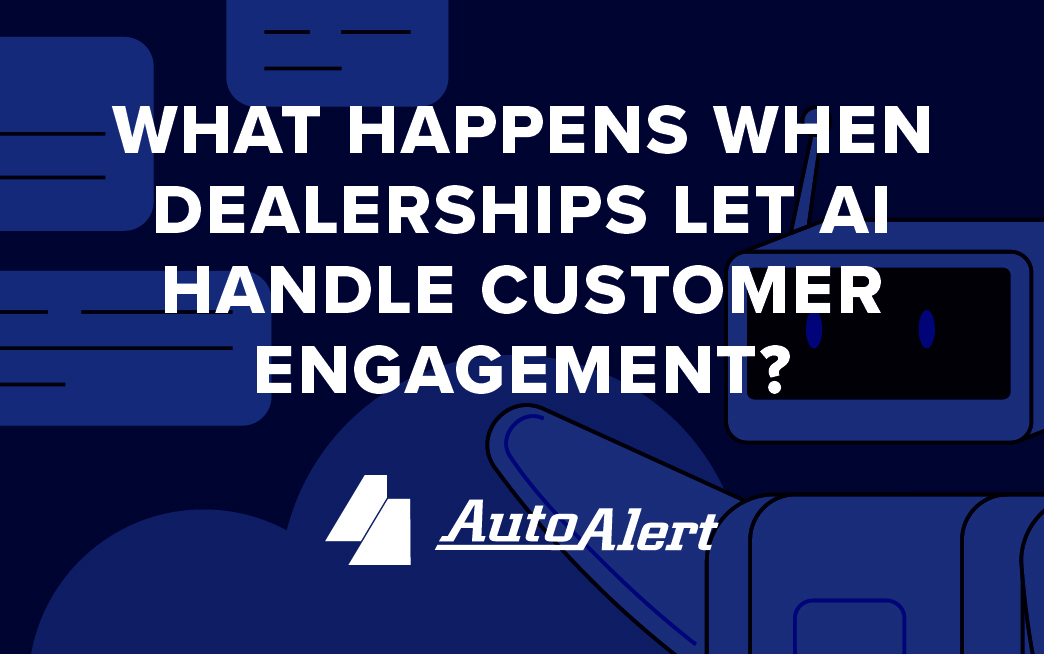VIDEO: The Advantages of Robust Data-Driven Tools for Dealers
AutoAlert CEO Allan Stejskal recently sat for a chat with Automotive News Publisher KC Crain. Before joining AutoAlert, Allan was CEO of incadea, the second-largest global provider of dealership management systems. He also was named an IT All-Star by Automotive News in 2015.
Q: Welcome to “In the Driver’s Seat,” Allan. I know you guys rolled out a new customer relationship management system at NADA this year. There’s a lot of competition in the DMS and CRM spaces. Why did you guys think that now was the right time to launch a new CRM?
Allan Stejskal: Our customers asked us to build a tool that capitalized on the power of AutoAlert’s data analytics to help them drive more revenue, grow their customer base and manage both existing customers and prospects. A key challenge is that dealers needed to work in two tools: AutoAlert and a CRM. Now they can work in just one tool where all the functionalities come together with a lot of exciting new capabilities. Our customer experience manager monitors customer and prospect activity like online visits or visiting a competitor’s showroom and then tailors the messages and automatically adjusts the sales and service follow-up tasks.
Q: How would you say that inventory shortages and COVID-19 have impacted AutoAlert’s business? What have you seen as some of the biggest changes?
Stejskal: It has been quite a ride over the last couple of years. I’ve been really proud of how the AutoAlert team has partnered with our dealer clients to face the challenges. Our business was historically focused on helping dealers capitalize on opportunities for a customer to trade an existing vehicle for a new one at about the same monthly payment. We’ve expanded well beyond data mining, but it was and is still a fundamental part of what we do. We’ve now been able to take the wealth of data that we have about a dealer’s customers and use it in some powerful ways. When dealer’s showrooms were shut down at the beginning of COVID, we used data to identify open recalls where the dealer had the parts available and focused on customers who could trade their vehicles to power the front-end activity and drive incremental service profits.
“Dealers are using their data to be smart about treating their existing customers well, using that data to mine their waiting lists for hot vehicles, and making sure those vehicles are going to their customers who drive higher long-term revenue and growth for the dealership.”
Q: I know that you have really helped dealers over the last couple of decades mine their data and really figure out what to do about it. Talk about the average dealer and maybe how they have evolved and really use data to become more efficient and helpful in the customer experience.
Stejskal: I’ve seen a recognition on the part of dealers around the power of using data to maximize the value of each opportunity. The key is to get the most from each sale, both in the short and long term. If I can sell a car to someone who’s going to give me a late-model trade, I can then sell to someone who gives me a slightly older used vehicle, and then I can sell to another customer and end up with three or four more sales from one new car. Then if I can sell the same vehicle to a loyal customer who services with me, I retain the service revenue. Dealers are using their data to be smart about treating their existing customers, well, using that data to comb their waiting lists for hot vehicles, and making sure those vehicles are going to their customers who drive higher long-term revenue and growth for the dealership.
At AutoAlert, we like to talk about the right message to the right consumer at the right time. We’ve got the data to ensure that a dealer starts a conversation with the consumer at the right time because we know when they’ve historically shopped for their next vehicle or seen them engaged online at another location. With our data, we can help dealers present the right options that are most likely to engage a customer. And with our follow-up tools and ongoing monitoring, we’re able to keep the conversation evolving as the shopping process evolves. These smarter, timelier, data-driven conversations make the dealers look better in front of the customer, making them faster, simpler, and more engaging for the consumer.
Q: Speaking of these dealers, we’re writing more about dealer profitability than we ever have. And when you look at 2022, I think it’s shaping up to be maybe one of the best. What do you think should be top of mind for these dealers now?
Stejskal: First, the customer experience and long-term relationships with those customers is paramount. Dealers really should continue to make it easier for customers to do business with them by simplifying the process, shortening the time it takes to buy a vehicle, and increasing the transparency through better communications. And then second, don’t wait for the market to get back to normal to take the steps needed to prepare. Changes, I think, are likely to come fast when they do come. Dealers should capitalize on the time and the extra profitability that they have now to invest in the tools and processes that will let them win when inventories start to grow again and front-end grosses inevitably start to come back to Earth.




